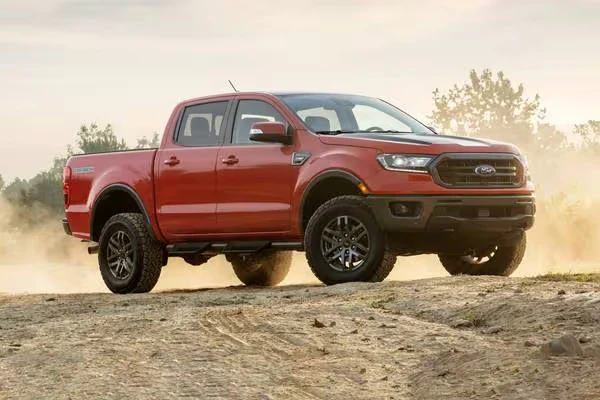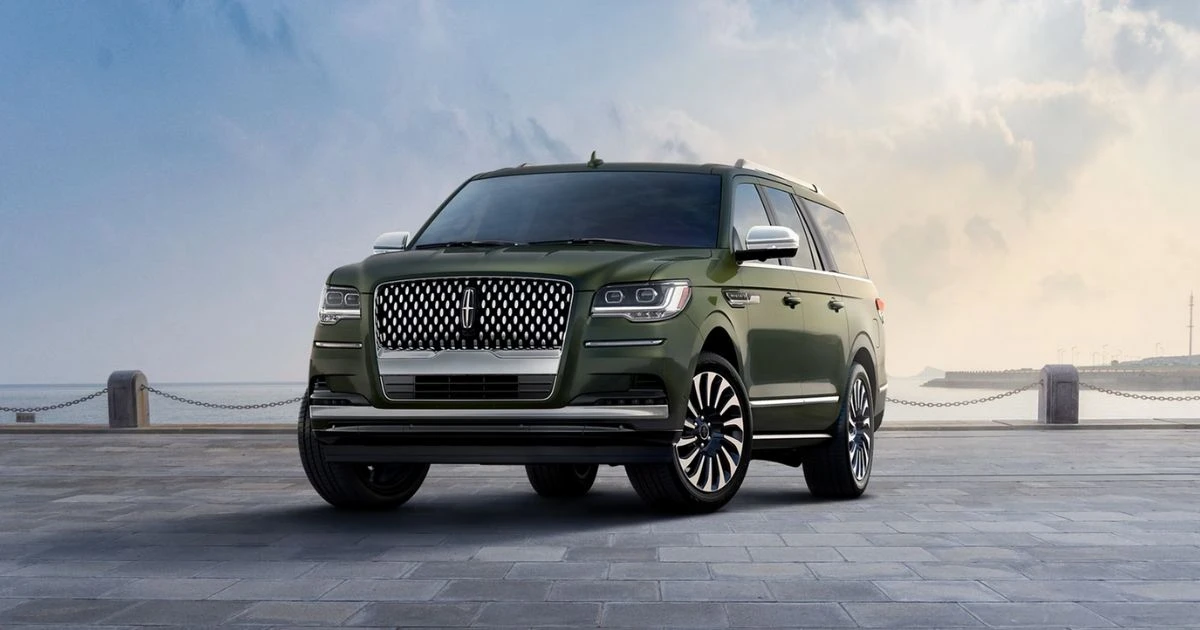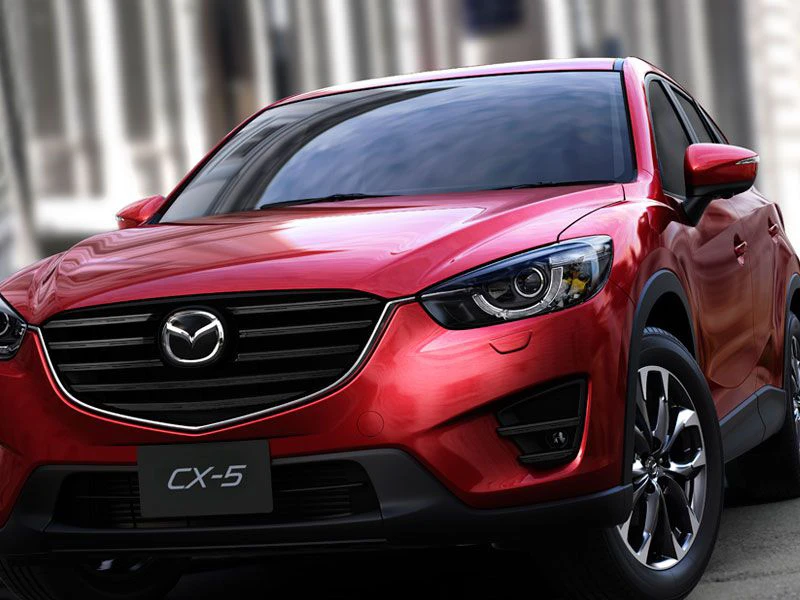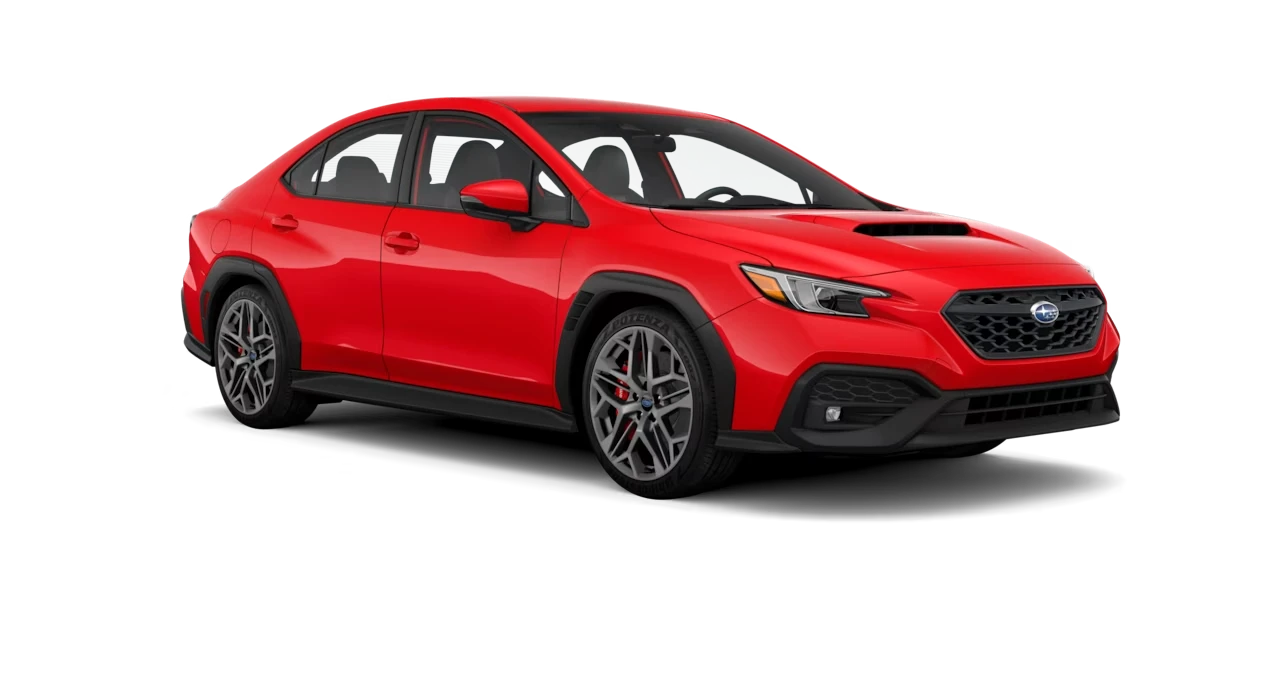Table of Contents
ToggleIntroduction
If someone told you the 2025 Ford Ranger MPG could reach the mid‑20s on the highway, you might think they’re joking—but it’s true. Ford has smartly balanced power and efficiency, giving the Ranger a strong showing in fuel economy while staying true to its rugged, truck‑capable nature. Let’s break down what that means for both everyday driving and serious hauling.
Quick Specs Table (MPG Focused)
| Trim / Configuration | City MPG | Highway MPG | Combined MPG |
|---|---|---|---|
| XL / XLT / Lariat (RWD, 2.3 L) | 19 mpg | 26 mpg | ~23 mpg |
| XL / XLT / Lariat (4WD, 2.3 L) | 19 mpg | 26 mpg | Slightly less |
| Raptor (3.0 L Twin-Turbo V6) | 16 mpg | 18 mpg | ~17 mpg |
| Real-world Cruising Experiences | ~22–24 mpg average | Up to 30 mpg potential |
Fuel Economy Breakdown
On the EPA scale, rear‑wheel‑drive versions of the 2025 Ranger deliver about 21 mpg in city driving and 26 mpg on the highway, with a combined figure of roughly 23 mpg. When you opt for four‑wheel drive, those numbers drop slightly, to around 19 mpg city and 26 mpg highway.
Edmunds offers more detail by trim: the XL, XLT, and Lariat with the 2.3L EcoBoost engine achieve about 19 mpg city and 26 mpg highway, while the more performance‑focused Raptor sits noticeably lower with 16 mpg city and 18 mpg highway.
Fuel Economy by Trim and Configuration
Different trims give varying MPG results. Here’s how they stack up:
- XL, XLT, Lariat (2.3 L EcoBoost 4‑cyl): 19 mpg city / 26 mpg highway
- Raptor (3.0 L Twin‑Turbo V6): 16 mpg city / 18 mpg highway
These numbers put the Ranger solidly in line with mid‑size pickup expectations—efficient, yet robust.
Real-World Insights from Drivers
Online forums reflect similar experiences. One Ranger owner reported averaging 22–24 mpg per tank, while others on highway drives have clocked up to 30 mpg under ideal conditions. It shows that with steady speed and light loads, the Ranger can indeed exceed its EPA highway estimates.
What Makes the Ranger Efficient?
Ford’s success in balancing fuel economy with performance lies in a few clever design choices. The 2.3L EcoBoost 4‑cylinder engine offers strong power (270 hp, 310 lb‑ft) without heavy weight. The upgraded 10‑speed automatic transmission also plays a role by allowing the engine to run optimally at various speeds.
How the Range Compares to Rivals
In comparing mid-size trucks, Edmunds notes the Ranger provides a compelling blend of capability and economy. It offers more fuel-efficient options and competing towing features than, say, the Chevy Colorado, although Colorado may start at a lower price. The Raptor, however, remains a trade‑off—powerful, wild, but thirstier.
Tech Upgrades That Enhance Fuel Economy Too
The 2025 Ranger’s refreshed interior and features may not directly boost MPG, but they support efficient driving. A bold vertical touchscreen, available with Ford’s latest SYNC 4A system, includes adaptive cruise, navigation, and driver‑assist features like lane‑keeping and pre‑collision braking—all helping you maintain a smooth, stoic drive that’s kinder to your fuel gauge.
Conclusion: Why 2025 Ranger MPG Matters
Understanding the 2025 Ford Ranger MPG helps you see how Ford balances real-world needs. For most trims, expect about 26 mpg on the highway, which is impressive for a mid-size truck. If you’re after power and speed, the Raptor delivers—but at a fuel-efficiency cost. Choose the Ranger for its sweet spot of capability, economy, and modern tech.
I’m Waqas, an electric vehicle enthusiast and tech writer with over 6 years of experience covering the EV industry. I write in-depth articles, comparisons, and reviews to help readers understand the fast-evolving world of electric mobility. From battery technology to EV launches and charging trends, I aim to make complex EV topics simple, engaging, and informative for everyday drivers and curious readers alike.






